> Procédé de déconstruction et reconstruction d’une Felt Piece (ici, partie grise).
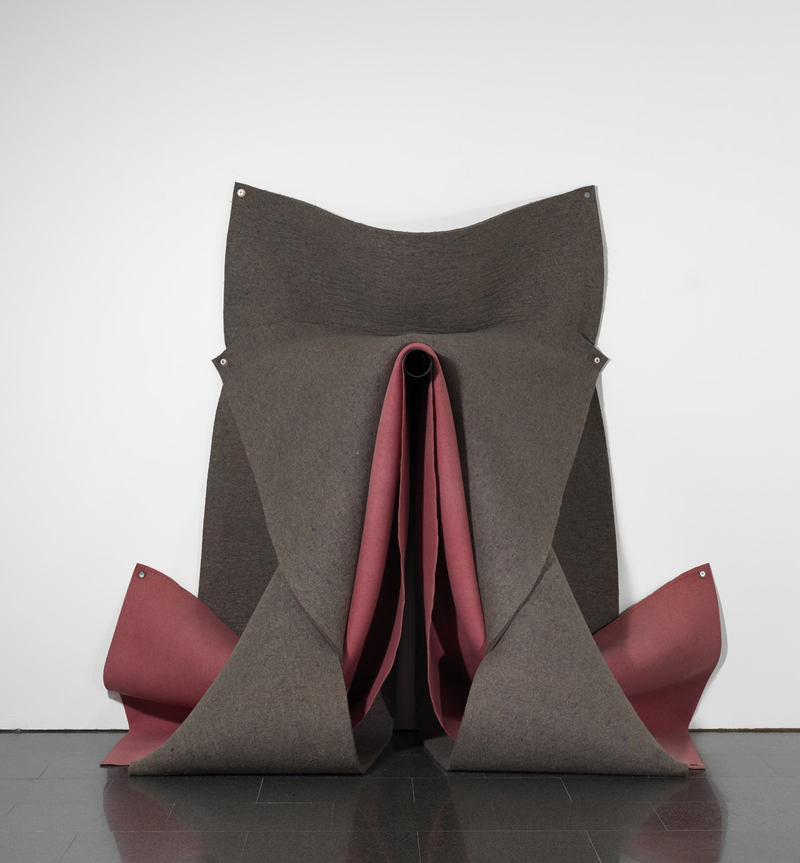

« Ceci est une entreprise anti-entropique et allant
à l’encontre de la conservation (d’une œuvre) ».*
La série Morrissettes prend pour objet d’étude dix sculptures issues des Felt Pieces, sculptures monumentales en feutre réalisées par Robert Morris tout au long sa carrière, cela durant plus de quarante ans.
Cette série, elle de petite taille, propose dix morceaux de tissus « essuie-tout » bleus découpés, sur lesquels sont marqués les dimensions, les plis et l’assemblage des différents morceaux pour chaque sculpture à reconstruire. À chaque essuie-tout est associé un dessin très simple, représentant la pièce matrice.
Le titre de cette série, féminisation du nom Morris, agit elle aussi comme un changement d’échelle, comme un clin d’œil à ce que l’on pourrait attendre
d’un art dit « féminin » : des matériaux issus des travaux ménagers, des productions de petites tailles, un savoir-faire qui demandent de la minutie et de la patience, à réaliser dans une position assise loin de la « physicalité » de la sculpture minimaliste.
Derrière cette réalisation et ce titre légers se posent diverses questions : comment comprendre un travail qui relève de l’informe ? Comment déconstruire une forme souple qui ne possède pas de structure permettant sa réplication ? Comment aller au-delà de la simplicité et la clarté apparente d’une œuvre, pour en saisir le processus ?
Et enfin, comment entretenir une relation à la fois critique et ouverte à l’encontre de l’œuvre de Morris, immense artiste, mais figure tutélaire du Process Art et de l’Art minimal américain presque entièrement produit par des hommes ?
_ _ _ _ _ _ _ _ _ _ _ _Â _ _ _ _ _ _Â _ _ _ _ _ _Â _ _ _ _ _ _Â _ _ _ _ _ _Â _ _ _ _ _ _
* « This is an anti-entropic and conservative entreprise ».
Extrait de l’article Anti Form de Robert Morris, dans Artforum en avril 1968.
_ _ _ _ _ _ _ _ _ _ _ _Â _ _ _ _ _ _Â _ _ _ _ _ _Â _ _ _ _ _ _Â _ _ _ _ _ _Â _ _ _ _ _ _
Pour mémoire, le texte de Robert Morris, qui est à la base du travail « Les Morrissettes« , présenté en mars au Bel Ordinaire, résultant de l’exploration et la tentative de comprendre la construction de dix Felt Pieces.
ROBERT MORRIS, Anti Form (Artforum – April 1968)
In recent object-type art the invention of new forms is not an issue. A morphology of geometric, predominantly rectangular forms has been accepted as a given premise. The engagement of the work becomes focused on the particularization of these general forms by means of varying scale, material, proportion, placement. Because of the flexibility as well as the passive, unemphasized nature of object-type shape it is a useful means. The use of the rectangular has a long history. The right angle has been in use since the first post and lintel constructions. Its efficiency is unparalleled in building with rigid materials, stretching a piece of canvas, etc. This generalized usefulness has moved the rectangle through architecture, painting, sculpture, objects. But only in the case of object-type art have the forms of the cubic and the rectangular been brought so far forward into the final definition of the work. That is, it stands as a self-sufficient whole shape rather than as a relational element. To achieve a cubic or rectangular form is to build in the simplest, most reasonable way, but it is also to build well.
This imperative for the well-built thing solved certain problems. It got rid of asymmetrical placing and composition, for one thing. The solution also threw out all non-rigid materials. This is not the whole story of so-called Minimal or Object art. Obviously it does not account for the use of purely decorative schemes of repetitive and progressive ordering of multiple unit work. But the broad rationality of such schemes is related to the reasonableness of the well-built. What remains problematic about these schemes is the fact that any order for multiple units is an imposed one which has no inherent relation to the physicality of the existing units. Permuted, progressive, symmetrical organizations with a dualistic character in relation to the matter they distribute. This is not to imply that these simple orderings do not work. They simply separate, more or less, from what is physical by making relationships themselves another order of facts. The relationships such schemes establish are not critical from point to point as in European art. The duality is established by the fact that an order, any order, is operating beyond the physical things. Probably no art can completely resolve this. Some art, such as Pollock’s, comes close.
The process of « making itself » has hardly been examined. It has only received attention in terms of some kind of mythical, romanticized polarity: the so-called action of the Abstract Expressionists and the so-called conceptualizations of the Minimalists. This does not locate any differences between the two types of work. The actual work particularizes general assumptions about forms in both cases. There are some exceptions. Both ways of working continue the European tradition of aestheticizing general forms that has gone on for half a century. European art since Cubism has been a history of permuting relationships around the general premise that relationships should remain critical. American art has developed by uncovering successive alternative premises for making itself.
Of the Abstract Expressionists only Pollock was able to recover process and hold on to it as part of the end form of the work. Pollock’s recovery of process involved a profound rethinking of the role of both material and tools in making. The stick which drips paint is a toot which acknowledges the nature of the fluidity of paint. Like any other tool it is still one that controls and transforms matter. But unlike the brush it is in far greater sympathy with matter because it acknowledges the inherent tendencies and properties of that matter. In some ways Louis was even closer to matter in his use of the container itself to pour the fluid.
To think that painting has some inherent optical nature is ridiculous. It is equally silly to define its « thingness » as acts of logic that acknowledge the edges of the support. The optical and the physical are both there. Both Pollock and Louis were aware of both. Both used directly the physical, fluid properties of paint. Their « optical » forms resulted from dealing with the properties of fluidity and the conditions of a more or less absorptive ground. The forms and the order of their work were not a priori to the means.
The visibility of process in art occurred with the saving of sketches and unfinished work in the High Renaissance. In the nineteenth century both Rodin and Rosso left traces of touch in finished work. Like the Abstract Expressionists after them, they registered the plasticity of material in autobiographical terms. It remained for Pollock and Louis to go beyond the personalism of the hand to the more direct revelation of matter itself. How Pollock broke the domination of Cubist form is tied to his investigation of means: tools, methods of making, nature of material. Form is not perpetuated by means but by preservation of separable idealized ends. This is an anti-entropic and conservative enterprise. It accounts for Greek architecture changing from wood to marble and looking the same, or for the look of Cubist bronzes with their fragmented, faceted planes. The perpetuation of form is functioning idealism.
In object-type art process is not visible. Materials often are. When they are, their reasonableness is usually apparent. Rigid industrial materials go together at right angles with great ease. But it is the a priori valuation of the well-built that dictates the materials. The well-built form of objects preceded any consideration of means. Materials themselves have been limited to those which efficiently make the general object form.
Recently, materials other than rigid industrial ones have begun to show up. Oldenburg was one of the first to use such materials. A direct investigation of the properties of these materials is in progress. This involves a reconsideration of the use of tools in relation to material. In some cases these investigations move from the making of things to the making of material itself. Sometimes a direct manipulation of a given material without the use of any tool is made. In these cases considerations of gravity become as important as those of space. The focus on matter and gravity as means results in forms which were not projected in advance. Considerations of ordering are necessarily casual and imprecise and unemphasized. Random piling, loose stacking, hanging, give passing form to the material. Chance is accepted and indeterminacy is implied since replacing will result in another configuration. Disengagement with preconceived enduring forms and orders for things is a positive assertion. It is part of the work’s refusal to continue aestheticizing form by dealing with it as a prescribed end.
 Le sans titre, ‘Untitled (A4) », d’après « Untitled #88 » de Martin Creed
Le sans titre, ‘Untitled (A4) », d’après « Untitled #88 » de Martin Creed


 Â Â Â
   
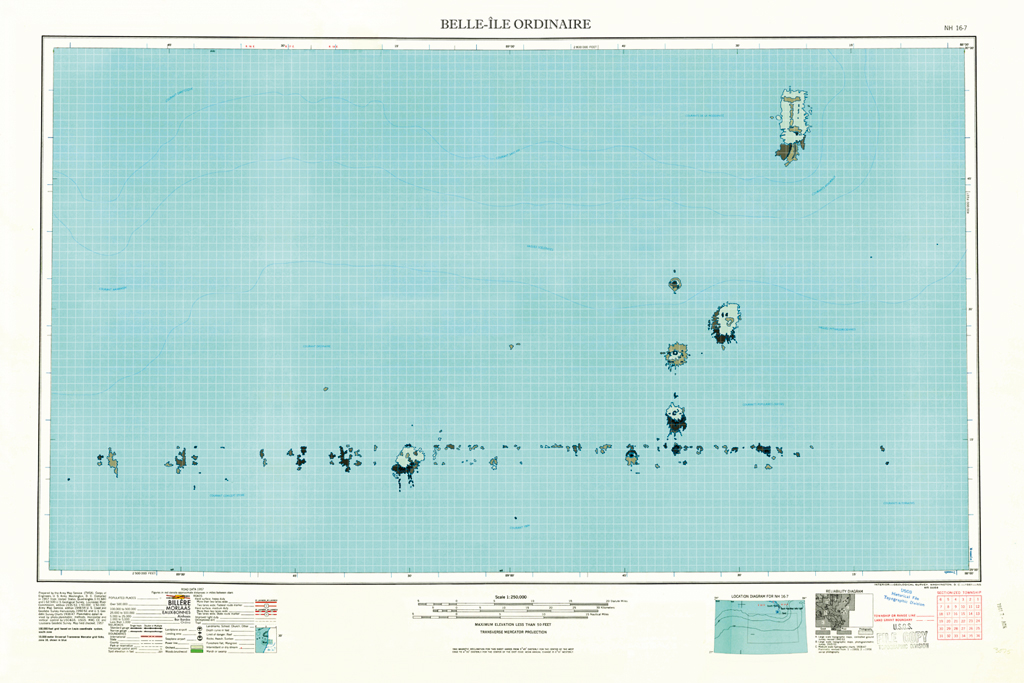
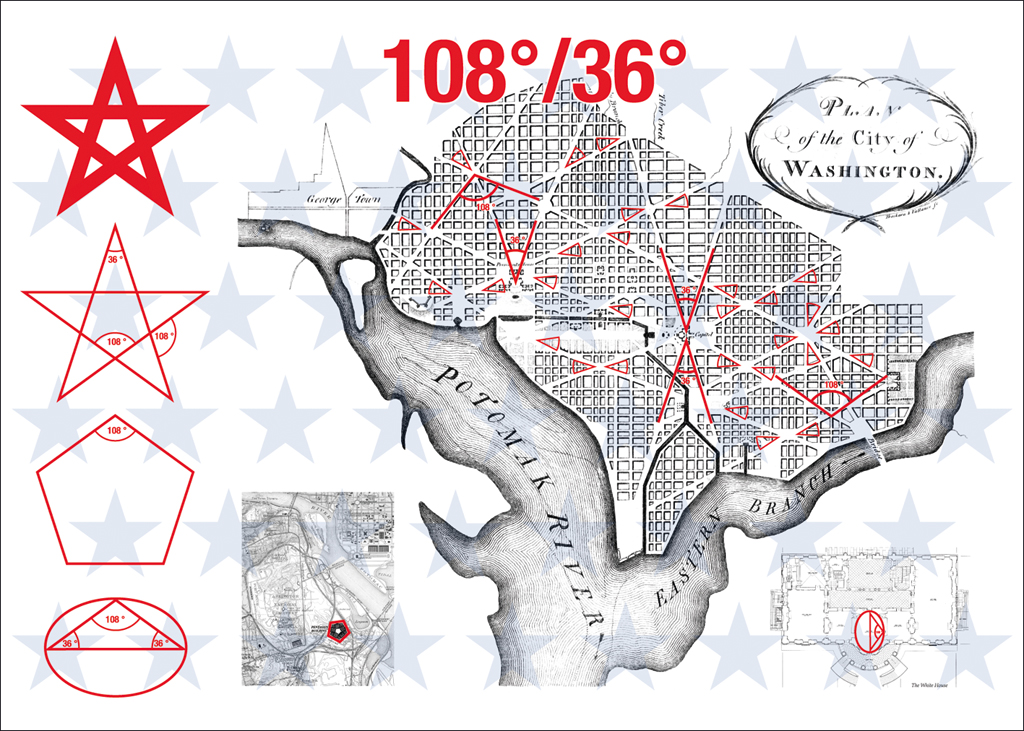

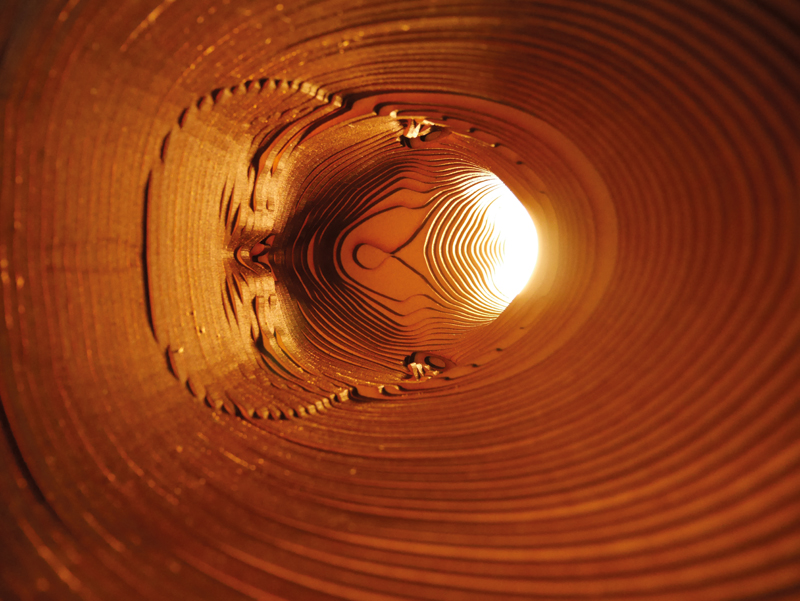


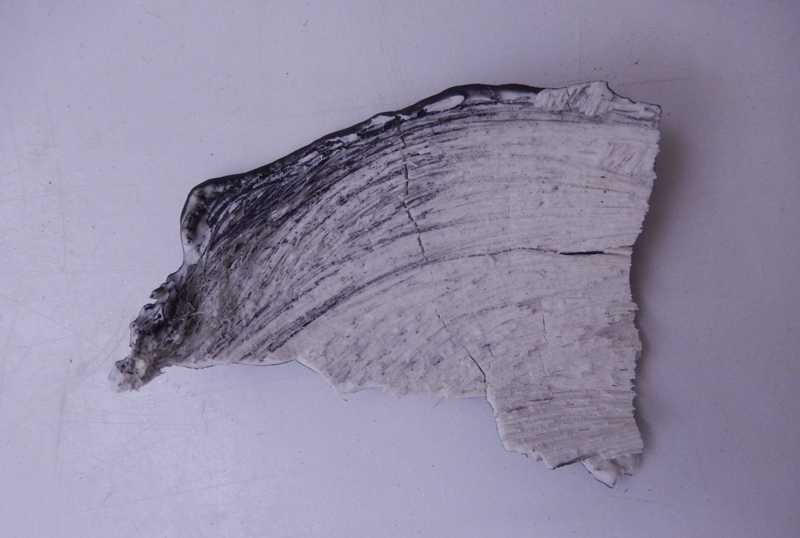
 Â Â Â
   




 Â
 
 Â Â
  



